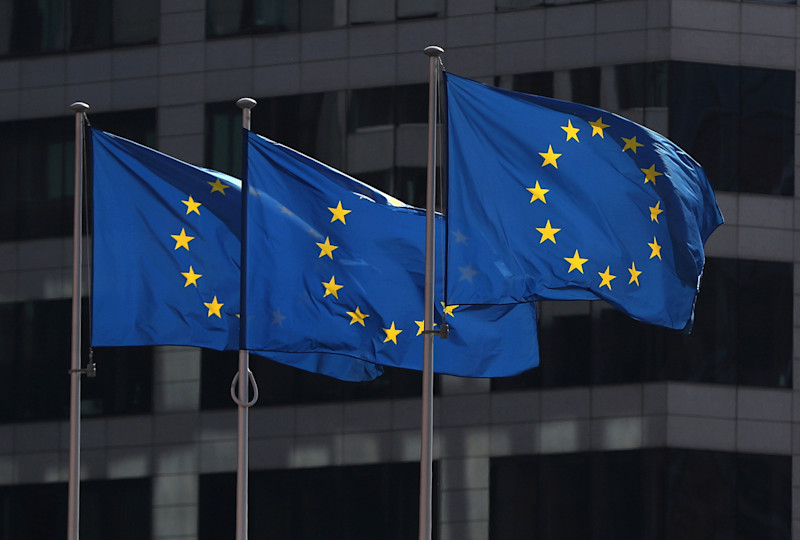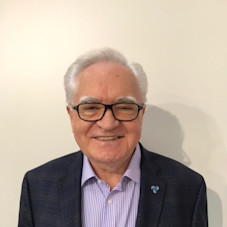Europe: 11/20/20
The European macroeconomic figures for the third quarter show a positive trend. For the month of September, GDP growth for the EU was 12.7%, compared to –11.8% just three months ago. Similar growth is seen in non-EU countries like the U.K., Switzerland, and Norway. Russia and Turkey, however, continue to struggle. The average PMI in the region is above 54 and range from 58 in Germany to 47 in Russia. There were record sales of electric vehicles in September and October. Tesla moves forward with its Gigafactory in Germany and is set to begin production in July 2021 as the largest EV factory in the world. For more industry intel and tidbits, read on.
Global FDI is projected to drop 40% YOY in 2020, with 75% of investment remaining in Europe and North America. The trend is to stick to the more familiar and predictable western markets, which are considered less risky.
In Europe, the FDI sector preference is renewable energy, followed by agriculture, fishing and forestry, pharmaceuticals, and biotechnology.
The U.K., as it exits the EU, remains an attractive destination for FDI. Projects are varied, but some investment is earmarked for traditional manufacturing. The economic zones at the U.K. ports are getting particular attention to take advantage of the government’s “Free Ports” project.
Record sales in Europe and in China contributed to the global record-breaking sales of electric cars in September and October, doubling the figures YOY. At the end of September, the share of EV sales rose to 3.4% YTD of total sales of nearly 1.8 million vehicles.
Hyzon Motors Europe, a spinoff of the Singapore-based Horizon Fuel Cells, has a $47 million investment project in Groningen, Netherlands to manufacture 2,000 hydrogen-powered trucks per year. Some countries, particularly Germany, the Netherlands, and Denmark, are in the process of building a network of hydrogen filling stations.
To address the European demand, in July 2021, Elon Musk plans to open its Gigafactory Grünheide to the east of Berlin to produce 500,000 fully electric vehicles. They will operate three shifts a day with 3,000 to 3,500 workers in each shift. It will be the largest EV factory in the world.
Forecasters predict that by 2024, as many EVs will be sold in Europe as traditional internal combustion engine (ICE) vehicles. Furthermore, some predict that in the next 10-20 years, the use of ICE vehicles in Europe will end. Private investors are very focused in this area.
The commercial use of hydrogen fuel cells is becoming a reality in Europe. The European Commission unveiled a green hydrogen strategy in July, setting specific goals for 2024 and 2030. Cumulative investments in renewable hydrogen in Europe are expected to be at least $300 billion by 2050.
Back to the province of Groningen, Netherlands, which is known for its vast natural gas fields: The area is becoming a pioneer in the concept of “green” hydrogen, which is extracted from water through electrolysis and not from fossil fuels. With a $24 million grant from the EU, the province will build a wind farm to produce electricity to power a hydrogen production plant.
Europe, generally accepted to be behind the United States and Asia in robot utilization, is showing strong progress. The CAGR for robot implementation in Western Europe is currently 6%.
One of the leading European robot manufacturers, Halter CNC Automation, located in Hoevelaken, Netherlands, recently developed a loading robot named Halter Compact. It has a payload of 26 pounds for loading smaller workpieces for CNC machines. It is being sold at a price point that was previously considered impossible.
For more information, please contact Hubert Sawicki at hsawicki@AMTonline.org.




